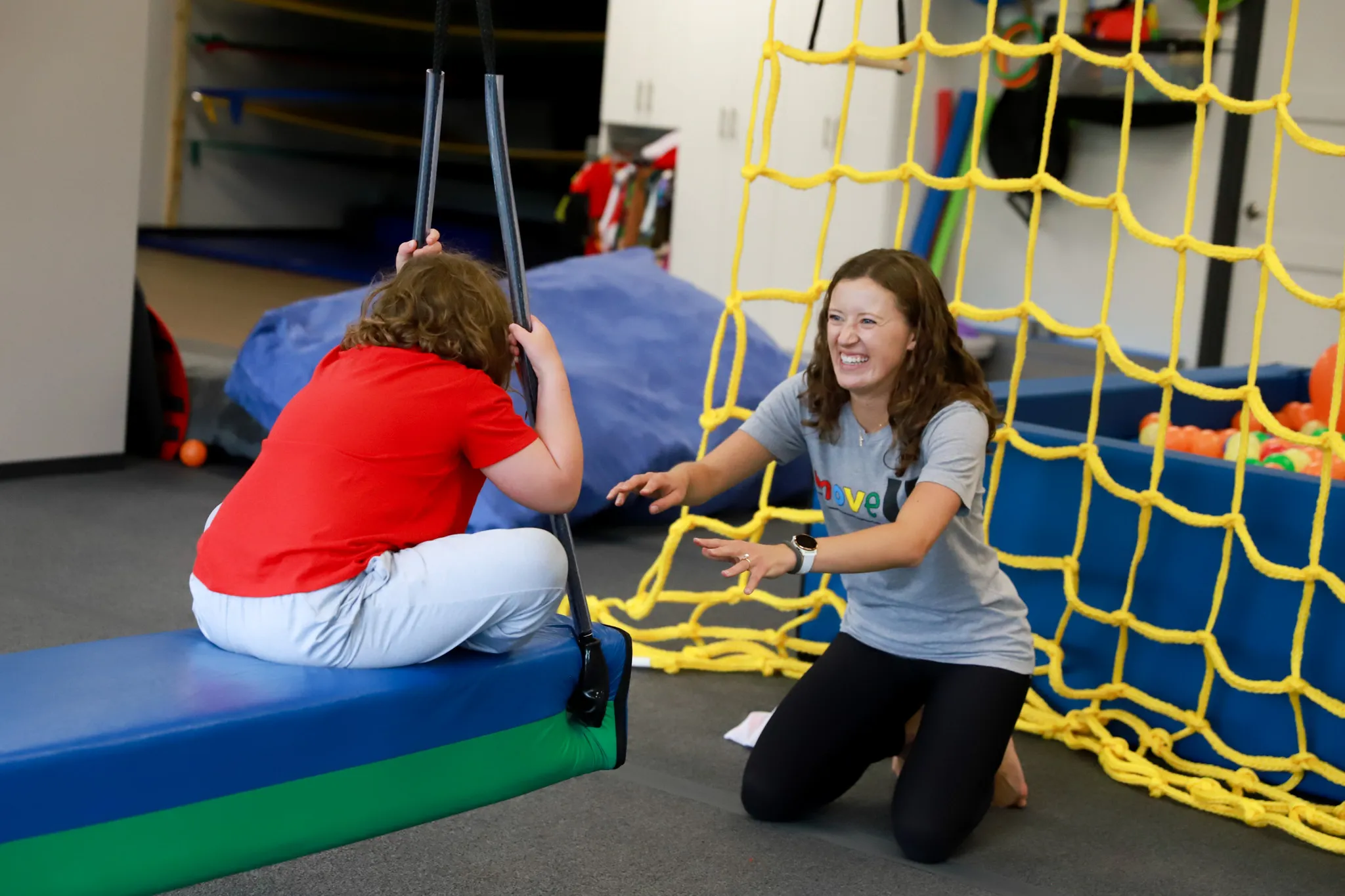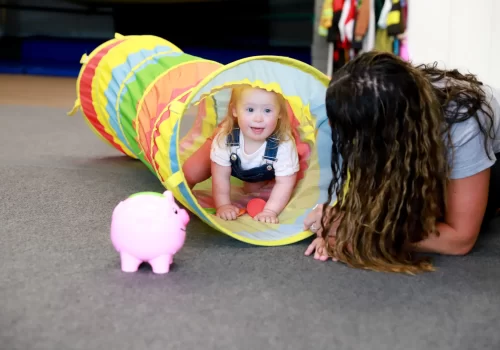School is here, which means our morning routine and day-to-day activities are changing. We likely have more tasks and less time in the morning prior to heading off to school. And once we get to school, there will initially be lots of change and new people to get familiar with. If this big (but exciting!) transition to the school year feels overwhelming to your child, here are some tips for parents to implement and lead to a successful morning routine!
Check in with your child’s engine –
First and foremost, we must help the child find that just-right spot of regulation. Children with sensory processing challenges often have difficulty with regulation, whether that’s because they are very sensitive (leading to a “fast” engine) or because they are under responsive (a “slow” engine). Discussing regulation could be a blog post in and of itself, so I will offer just a few ideas for each scenario:
- If our engine is fast and we want to slow it down…
- Heavy muscle work (wheelbarrow walks, bear crawling)
- Dim lighting
- Deep breathing techniques
- If our engine is slow and we want to speed it up…
- Dance party with silly, upbeat music
- Bouncing, jumping, skipping
- Eating crunchy foods
Regulation is critical for our nervous system’s overall organization and ability to successfully engage in the day, such as a morning routine or a class assignment. Find that just-right spot, or the “optimal level of arousal”, is critical for a great start to a day filled with learning and play (Miller et al., 2014).
Prepare –
As best as you can, prep the night before. You can have the outfit ready, the backpack packed up, and/or the lunchbox prepared the evening before the school day. We know parents and families are busy and the evenings fly by too fast, so this may not always be attainable. However, even having one thing ready for the next day can make the morning less stressful for you and your child. It also adds predictability and routine in the evening for the child. Bonus: have them help you and offer choices as you are able!
Keep it simple –
While the start of the school year may seem like the perfect time to add more responsibilities, adding lots of steps and changes to your child’s morning routine at this time is not an ideal method. Making the transition to new teachers, a new classroom, and new routines will already be a big adjustment. Instead, begin working on these new responsibilities and tasks (packing up their lunch, getting shoes tied) in the weeks leading up to the school year. If the school year has already begun, practice on the weekends or in the evenings when there’s not the time crunch that the weekday mornings usually bring. This will allow for less stress, more time to learn the task, and ultimately foster a stronger carryover of learning.
Second, sequencing and remembering what all they need to do can be tricky for children with sensory processing challenges. You can provide a written or visual list for them to reference during the morning to support their engagement in the routine. To promote engagement, you can let them check off each item on the list and offer a sticker if they complete all their tasks as needed. Maybe after X stickers are earned, they can get a small prize (Note: The prize does not need to be material. It could be extra time with mom or dad, an extra book to be read at bedtime. “Experiences” are great rewards, too!)
Bottom line: Focus on what they can consistently do independently, and only add one to two new “to-dos” to their weekday morning routine, and provide visual supports as needed.
Give a heads up –
Usually, there’s one or two new parts to each school day. Maybe on Monday’s, it’s library day and Wednesday’s the class goes to music. Whatever it may be, remind your child the night before and the morning of what that new activity will be. This will be especially helpful if the select activity is one that is historically challenging or overwhelming. For example, if the loud and unexpected sounds from music class brings stress to your child, let them know ahead of time when to expect from music class. The child may also benefit from a sensory support (lap snake, small fidget) to support their regulation and alertness in the class activity.
Acknowledge your child’s effort and growth!
Give the child specific and direct feedback as they add more tasks to their morning routine and when they help out! Instead of saying “good job”, you can say “Wow, ___! I love how you got your clothes on and brushed your teeth without a reminder!” This will help them understand more specifically what you are praising and support their overall learning. Direct, positive affirmations can also support their confidence and regulation before the big day at school. It will also empower them to be more involved with responsibilities and self-care tasks at home, too.
If your child struggles with the morning routine or has difficulty with remaining regulated, our pediatric occupational therapists would be happy to offer you support and answer your questions. To learn more about how occupational therapy may benefit your child, please call 605-409-9533 or click here to learn more.
References:
Miller, L. J., Fuller, D. A., & Roetenberg, J. (2014). Sensational kids: Hope and help for children with sensory processing disorder (SPD). Penguin Group.



